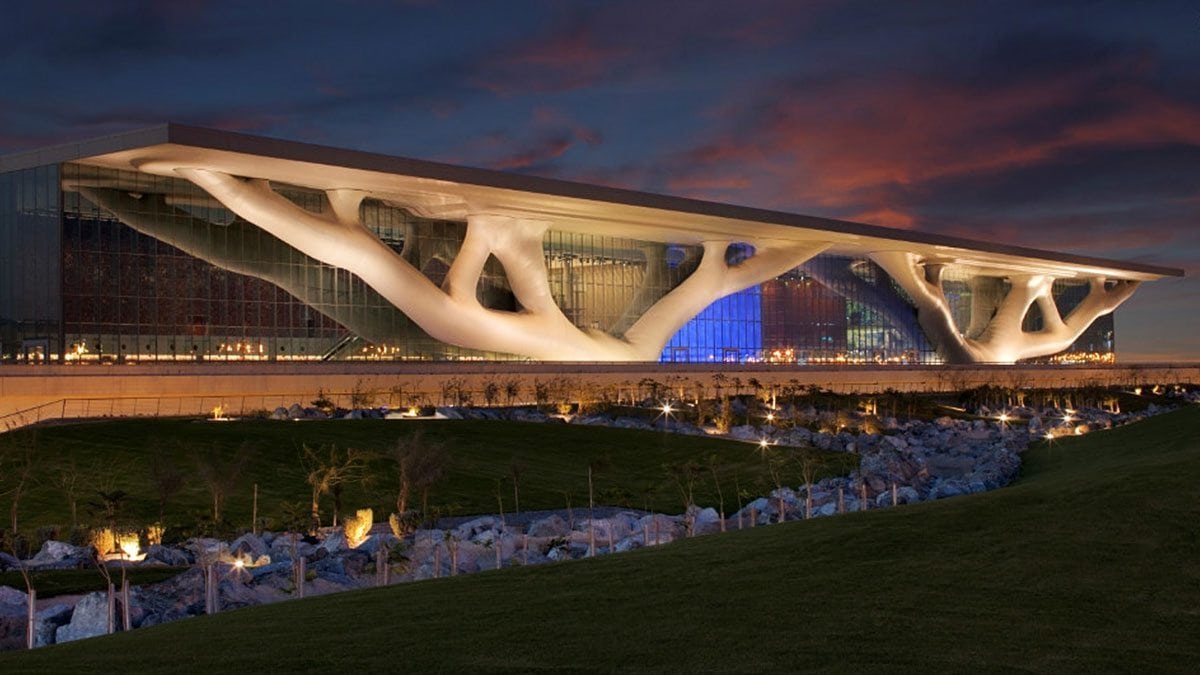The millennium has embraced an ecologically friendly approach to architectural design. This approach has become necessary in order to adapt to both changing weather and political climates as well as population. Businesses worldwide have recognized their responsibility in reducing the impact of our carbon footprint. This has created a synergetic relationship with sustainable design and uses of energy. More and more, such designs are showing that appearance is not just skin-deep; it can also serve as a personal statement. More and more, CAD colleges are following suit, incorporating sustainability into their CAD training curriculum. These sustainable trends are undoubtedly going to continue in the new year.
Coastal Cities Are Adapting to Climate Change
No matter what political stance one takes on global warming, there’s no question that cities by the water are in need of protection from natural disasters. After New Jersey suffered the devastation of Hurricane Sandy, President Obama unveiled his “Rebuild by Design” initiative. The plan calls upon architects and planners to create buildings more resistant to rising sea levels and life-threatening storms.
The Office of Metropolitan Architecture plans to great a stable wall around JFK International airport to prevent flight delays in case of an emergency situation.
Planning for People, Not Cars
In the last few years, urban architects have looked to San Francisco with the hope to redesign cities to be more pedestrian friendly. No longer are major metropolitan areas intended to be the domain of the automobile. St. Louis has recently redeveloped the green area under the arches by the riverfront. The redesign features an elevated park over the I-70 which will also, in keeping with the arches’ theme, bridge the downtown neighborhoods together.
Green Roofs
Flying low over any major city will reveal something you wouldn’t have seen at the turn of this century, though two centuries ago it would have been commonplace. The trend of green roofs – roofs topped with a layer of loose soil – has been steadily on the rise in crowded cities. Not only do these makeshift gardens satisfy the need for organic food, the roofs also improve air quality, reduce heating costs and filter stormwater which helps prolong the life of the roof. They also provide a pleasant, natural aesthetic in otherwise busy, industrial surroundings.
Innovative Materials
No longer are buildings made of just simple glass, concrete and stone, as Talking Heads frontman David Byrne once said. You don’t have to rely on lumberyards and cement mills. Architects are including more inventive uses for materials. Often incorporated now are organic materials such as straw bale, recycled wood, tin and old shipping containers. Aside from relying on such green ideas, new, state of the art building materials also incorporate phase change technology to store thermal energy.
Sustainable Neighbourhoods
One green building surrounded by conventional structures in a metropolitan area is encouraging progress; however, recently there has been a push toward extending green infrastructure to entire public areas. Students in architectural CAD courses should always look toward future trends that will benefit communities, be it with automated buildings, green roofs or climate-customized designs.
What eco-friendly architectural designs can you imagine for the future?



